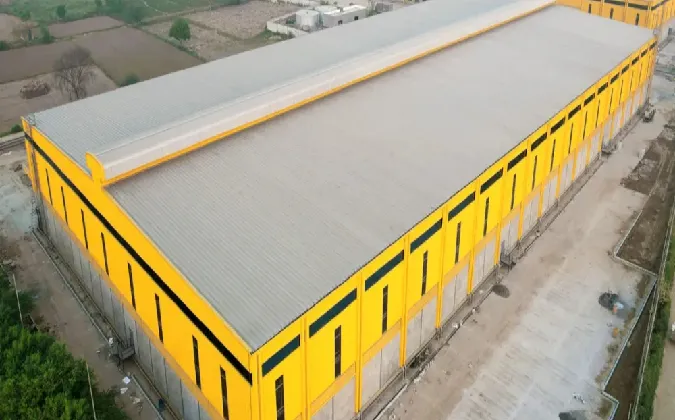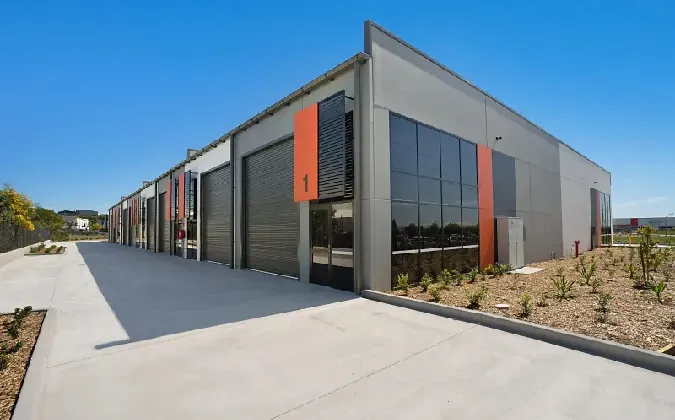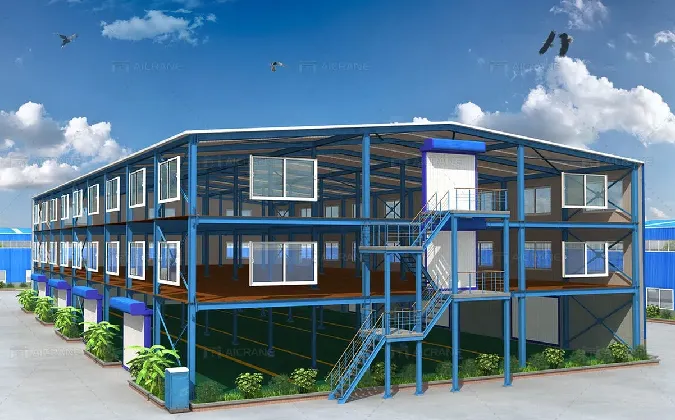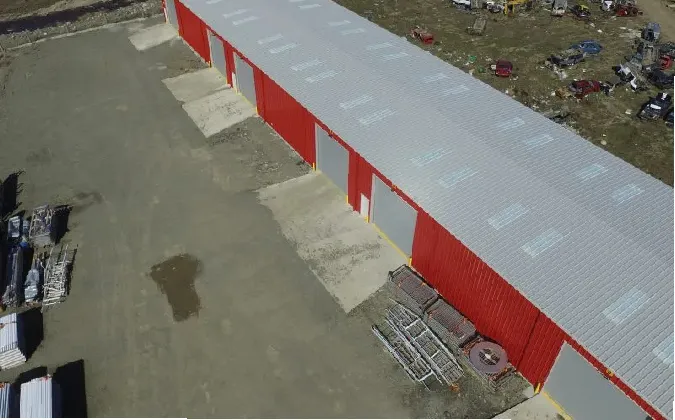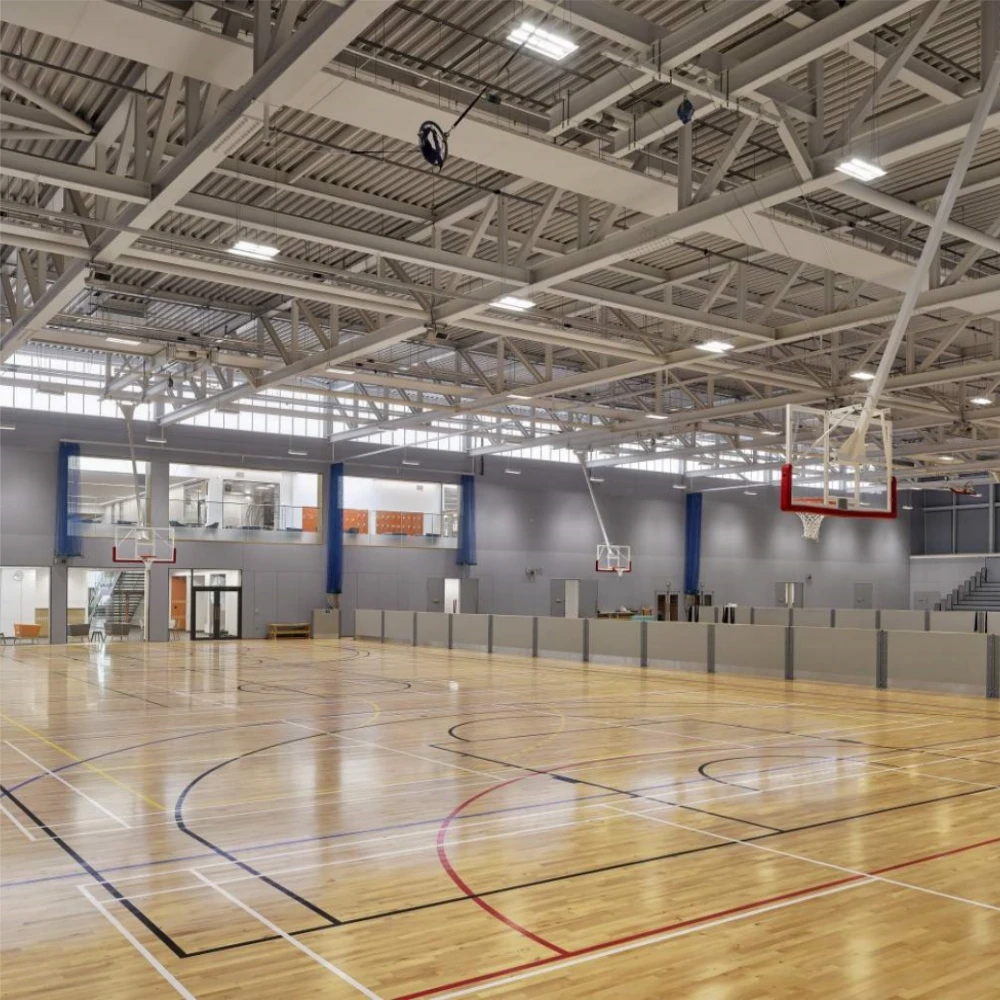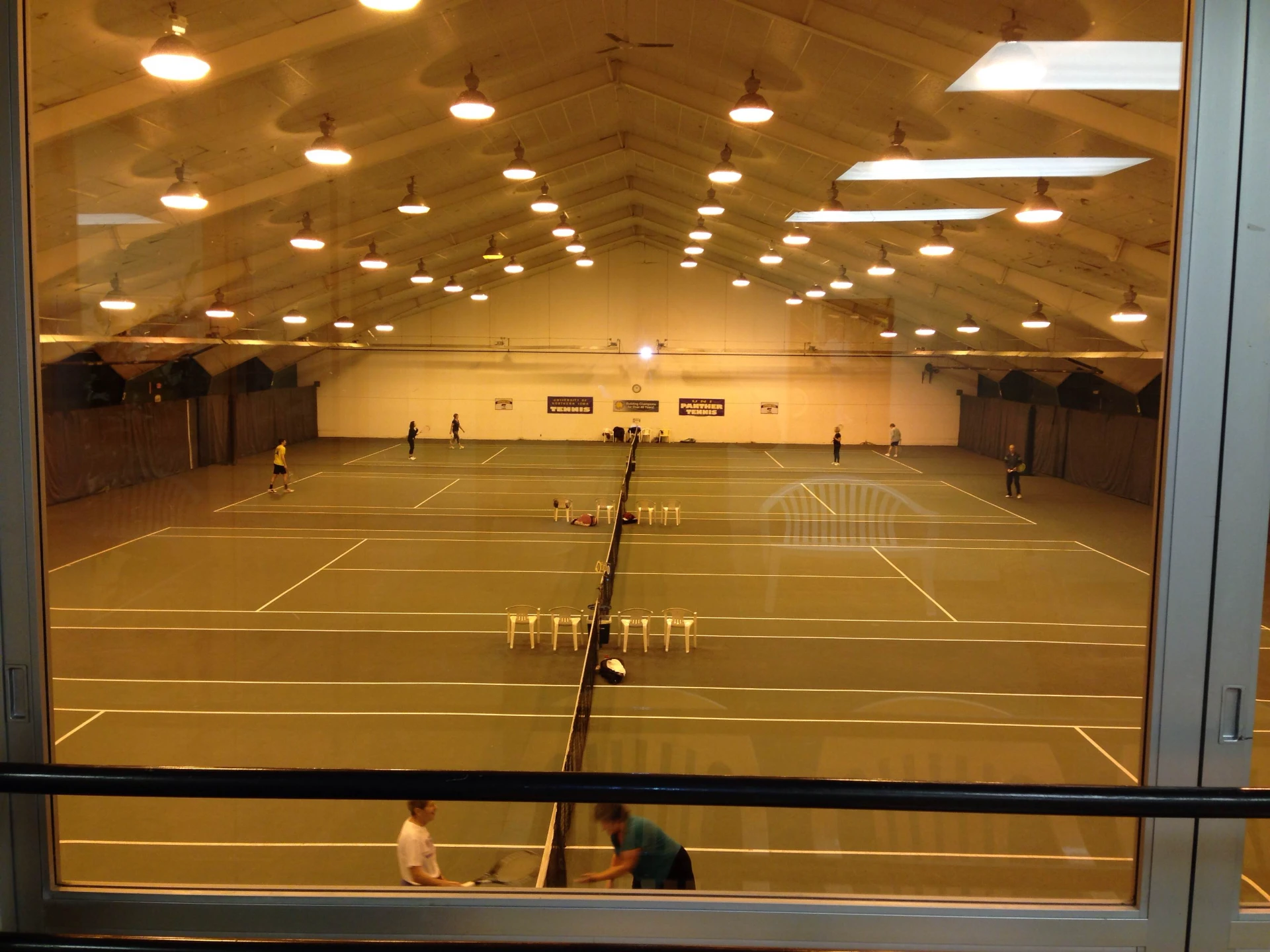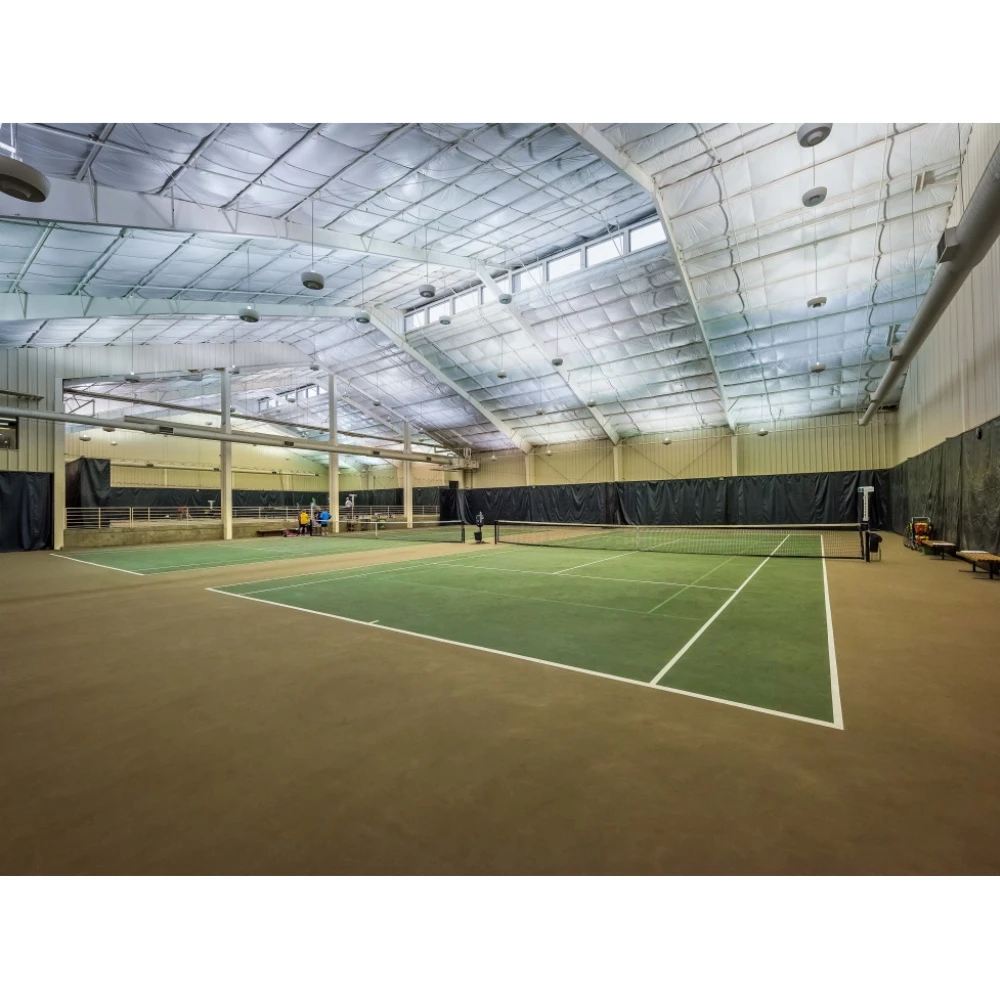- Afrikaans
- Albanian
- Amharic
- Arabic
- Armenian
- Azerbaijani
- Basque
- Belarusian
- Bengali
- Bosnian
- Bulgarian
- Catalan
- Cebuano
- Corsican
- Croatian
- Czech
- Danish
- Dutch
- English
- Esperanto
- Estonian
- Finnish
- French
- Frisian
- Galician
- Georgian
- German
- Greek
- Gujarati
- Haitian Creole
- hausa
- hawaiian
- Hebrew
- Hindi
- Miao
- Hungarian
- Icelandic
- igbo
- Indonesian
- irish
- Italian
- Japanese
- Javanese
- Kannada
- kazakh
- Khmer
- Rwandese
- Korean
- Kurdish
- Kyrgyz
- Lao
- Latin
- Latvian
- Lithuanian
- Luxembourgish
- Macedonian
- Malgashi
- Malay
- Malayalam
- Maltese
- Maori
- Marathi
- Mongolian
- Myanmar
- Nepali
- Norwegian
- Norwegian
- Occitan
- Pashto
- Persian
- Polish
- Portuguese
- Punjabi
- Romanian
- Russian
- Samoan
- Scottish Gaelic
- Serbian
- Sesotho
- Shona
- Sindhi
- Sinhala
- Slovak
- Slovenian
- Somali
- Spanish
- Sundanese
- Swahili
- Swedish
- Tagalog
- Tajik
- Tamil
- Tatar
- Telugu
- Thai
- Turkish
- Turkmen
- Ukrainian
- Urdu
- Uighur
- Uzbek
- Vietnamese
- Welsh
- Bantu
- Yiddish
- Yoruba
- Zulu
Sep . 27, 2024 01:04 Back to list
Steel Building Foundation Design Essential Considerations for Structural Integrity
The foundation of any steel building is a critical aspect of its design and construction. The strength, stability, and longevity of the structure largely depend on the quality and appropriateness of its foundation. In this article, we will explore the key considerations and methodologies involved in designing a robust foundation for steel buildings.
Understanding the Role of the Foundation
The primary purpose of a foundation is to support the weight of the building and transfer loads to the ground. It acts as a buffer that accommodates any shifts or movements in the soil, thereby ensuring that the structure remains stable over time. A well-designed foundation prevents issues such as settling, cracking, or even catastrophic structural failures.
Soil Investigation
The first step in foundation design is conducting a thorough soil investigation. This process involves sampling and testing the soil to determine its properties, including its bearing capacity, type, and moisture content. Different soil types exhibit varied behaviors under load. For instance, clay soils can expand or contract significantly with moisture changes, while sandy soils may allow for easier drainage but could have lower load-bearing capacities.
Types of Foundations
There are several types of foundations suitable for steel buildings, each with its own advantages and considerations
1. Shallow Foundations These are often used for smaller structures where the soil has sufficient bearing capacity close to the surface. They include strip footings, pad footings, and slab-on-grade foundations.
steel building foundation design

2. Deep Foundations These are necessary when surface soil conditions are poor or when the building loads are particularly high. Examples include pile and drilled shaft foundations, which extend deeper into the ground to reach more stable strata.
3. Mat Foundations Also known as raft foundations, these are typically used for larger buildings and are designed to spread the load across a broader area. This type minimizes settlement risks and is useful on weaker soils.
Structural Design Considerations
When designing foundations for steel buildings, engineers must consider various load types, including dead loads (the weight of the building materials), live loads (occupants, furniture, and equipment), and environmental loads (wind, seismic activity, etc.).
Factors such as local building codes, environmental conditions, and thermal performance also play vital roles in the design process. For steel buildings, which can exhibit thermal expansion and contraction, ensuring that the foundation accommodates these movements is crucial.
The Importance of Drainage
Proper drainage is essential in foundation design. Water accumulation around or beneath the foundation can weaken the soil structure and lead to increased hydrostatic pressure, causing potential damage. Techniques such as sloping the ground away from the foundation, installing drainage systems, and utilizing moisture barriers are common practices to mitigate these risks.
Conclusion
In conclusion, the foundation design for steel buildings is a multifaceted process that requires careful consideration of various factors, including soil properties, building loads, and environmental conditions. By taking into account all aspects of foundation engineering, architects and engineers can ensure the structural integrity and longevity of steel buildings, providing safety and reliability for years to come. A successful foundation lays the groundwork for not only a robust structure but also a sustainable future in construction.
-
How Do Prefabricated Steel Structures Transform Modern Construction?
NewsJul.14,2025
-
How Do Prefabricated Metal Buildings Redefine Modern Construction?
NewsJul.14,2025
-
How Do Prefab Insulated Metal Buildings and Steel Structures Revolutionize Modern Construction?
NewsJul.14,2025
-
How Do Pre - Engineered Steel Structures Redefine Modern Construction?
NewsJul.14,2025
-
Advancing Modular Construction with Prefabricated Metal Structures
NewsJul.14,2025
-
Advancing Industrial Infrastructure with Prefabricated Steel Solutions
NewsJul.14,2025
Products categories
Our Latest News
We have a professional design team and an excellent production and construction team.






